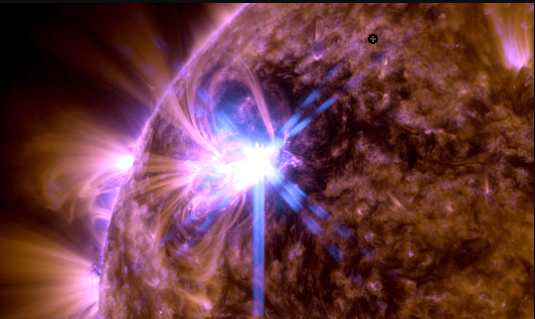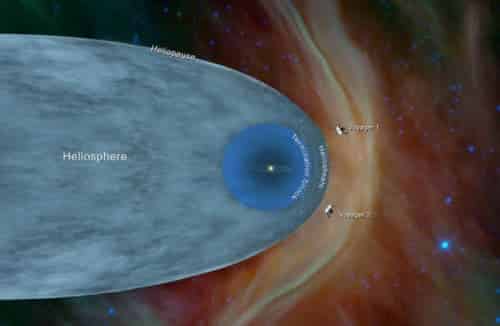Unlike last week's X-Class solar flare, the one today threw out a coronal mass ejection.
That coronal mass ejection is hurtling at the earth at approximately 5 million miles per hour. This ejection was created during an X1.4 solar flare that erupted from the sun today.
NASA’s solar astrophysicist C. Alex Young has estimated that this sunspot, designated Active Region 1520, can be as much as 186,411 miles long. This makes 1520 aboiut fifty percent larger than last week’s 1515. But, Young says, sunspots of this size are common during the peak solar cycles.
The solar flare from 1520 peaked at 8:52 am Alaska Time. This region came into view on July 6th, and is currently facing the earth dead on.
Because 1520 is currently only halfway across the face of the sun, as it continues to the sun’s opposite horizon, we can expect to see more activity before it slips over the orb’s horizon next week.
|
|
Extreme solar activity and the coronal mass ejections that sometimes come with it can wreak havok on power generation and transfer as well as disrupt satellites and their signals. Radio blackouts are common with X class flares directed at earth. Extreme ejections also prove a hazard to astronauts in the space station.
But, as big as this present flare sounds, it is very moderate as far as solar flares go. We can expect to see many more as the sun continues on to reach its peak in the coming year.
The coronal mass ejection should reach the earth at its present speed at about 9 pm on Friday night Alaska Time.
Watch the skies for spectacular auroras that night and the next.





